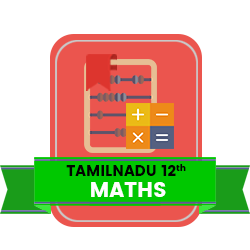11th Standard CBSE Mathematics Subjects Question Paper Software Subscription
QB365 covers complete information about 11th Standard CBSE Mathematics Subject for 2024-2025 Exam. Question Bank includes 11th Standard CBSE Mathematics Subjects Book back, exercise, Updated Question types MCQ, Case Study , Assertion and reason with solution, Previous year asked questions, all possible questions and other key points also. All question with detailed answers are readily available for preparting Maths question papers.
All Chapters Covered

Create Unlimited Question Papers

Access anywhere anytime

Multiple Pattern Question Papers
Share your Question Paper

Font size, line spacing, watermark etc,
Our Other Subjects for 11th Standard CBSE
11th Standard CBSE Mathematics Chapters / Lessons
Sets
Relations and Functions
Trigonometric Functions
Principle of Mathematical Induction
Complex Numbers and Quadratic Equations
Linear Inequalities
Permutations and Combinations
Binomial Theorem
Sequences and Series
Straight Lines
Conic Sections
Introduction to Three Dimensional Geometry
Limits and Derivatives
Mathematical Reasoning
Statistics
Probability
11th Standard CBSE Mathematics Chapters / Lessons Syllabus
Sets and Functions
1. Sets
Sets and their representations.Empty set.Finite and Infinite sets.Equal sets.Subsets.Subsets of a set of real numbers especially intervals (with notations). Power set. Universal set. Venn diagrams. Union and Intersection of sets.Difference of sets. Complement of a set. Properties of Complement Sets.
2. Relations & Functions:
Ordered pairs, Cartesian product of sets.Number of elements in the cartesian product of two finite sets. Cartesian product of the set of reals with itself (upto R x R x R). Definition of relation, pictorial diagrams, domain, co-domain and range of a relation. Function as a special type of relation. Pictorial representation of a function, domain, co-domain and range of a function. Real valued functions, domain and range of these functions, constant, identity, polynomial, rational, modulus, signum, exponential, logarithmic and greatest integer functions, with their graphs. Sum, difference, product and quotient of functions.
3. Trigonometric Functions:
Positive and negative angles. Measuring angles in radians and in degrees and conversion from one measure to another.Definition of trigonometric functions with the help of unit circle. Truth of the identity sin2 x+cos2 x=1, for all x. Signs of trigonometric functions. Domain and range of trigonometric functions and their graphs. Expressing sin (x±y) and cos (x±y) in terms of sin x, sin y, cos x & cos y and their simple applications. Deducing the identities like the following:
\(tan\quad (x\pm y)=\frac { tanx\pm tany }{ 1\mp tanx\quad tany } ,cot(x\pm y)=\frac { cotx\quad coty\quad \mp 1 }{ coty\pm cotx } \)
\(sin\alpha \pm sin\beta =2sin\frac { 1 }{ 2 } (\alpha \pm \beta )cos\frac { 1 }{ 2 } (\alpha \mp \beta )\)
\(cos\alpha +cos\beta =2cos\frac { 1 }{ 2 } (\alpha +\beta )cos\frac { 1 }{ 2 } (\alpha -\beta )\)
\(cos\alpha -cos\beta =-2sin\frac { 1 }{ 2 } (\alpha +\beta )sin\frac { 1 }{ 2 } (\alpha -\beta )\)
Identities related to sin 2x, cos2x, tan 2x, sin3x, cos3x and tan3x. General solution of trigonometric equations of the type sin y = sin a, cos y = cos a and tan y = tan a.
Algebra
1. Principle of Mathematical Induction:
Process of the proof by induction, motivating the application of the method by looking at natural numbers as the least inductive subset of real numbers. The principle of mathematical induction and simple applications.
2. Complex Numbers and Quadratic Equations
Need for complex numbers, especially √−1, to be motivated by inability to solve some of the quadratic equations. Algebraic properties of complex numbers.Argand plane and polar representation of complex numbers. Statement of Fundamental Theorem of Algebra, solution of quadratic equations (with real coefficients) in the complex number system. Square root of a complex number.
3. Linear Inequalities
Linear Inequalities. Algebraic solutions of linear inequalities in one variable and their representation on the number line.Graphical solutions of linear inequalities in two variables.Graphical method of finding a solution of system of linear inequalities in two variables.
4. Permutations and Combinations
Fundamental principle of counting. Factorial n. (n!) Permutations and combinations, derivation of formulae for nPr and nCr and their connections, simple applications.
5. Binomial Theorem
History, statement and proof of the binomial theorem for positive integral indices.Pascal's triangle, General and middle term in binomial expansion, simple applications.
6. Sequence and Series
Sequence and Series. Arithmetic Progression (A. P.). Arithmetic Mean (A.M.) Geometric Progression (G.P.), general term of a G.P., sum of first n terms of a G.P., infinite G.P. and its sum, geometric mean (G.M.), relation between A.M. and G.M. Formulae for the following special sums.
\(\sum _{ k=1 }^{ m }{ k } ,\sum _{ k=1 }^{ n }{ { k }^{ 2 } } and\quad \sum _{ k=1 }^{ n }{ { k }^{ 3 } } \)
Coordinate Geometry
1. Straight Lines
Brief recall of two dimensional geometry from earlier classes. Shifting of origin. Slope of a line and angle between two lines. Various forms of equations of a line: parallel to axis, point-slope form, slope intercept form, two-point form, intercept form and normal form. General equation of a line. Equation of family of lines passing through the point of intersection of two lines. Distance of a point from a line.
2. Conic Sections
Sections of a cone: circle, ellipse, parabola, hyperbola, a point, a straight line and a pair of intersecting lines as a degenerated case of a conic section. Standard equations and simple properties of parabola, ellipse and hyperbola. Standard equation of a circle.
3. Introduction to Three-dimensional Geometry
Coordinate axes and coordinate planes in three dimensions. Coordinates of a point. Distance between two points and section formula.
Calculus
1. Limits and Derivatives
Derivative introduced as rate of change both as that of distance function and geometrically - Intuitive idea of limit. Limits of polynomials and rational functions trigonometric, exponential and logarithmic functions. Definition of derivative relate it to scope of tangent of the curve, Derivative of sum, difference, product and quotient of functions. Derivatives of polynomial and trigonometric functions.
Mathematical Reasoning
1. Mathematical Reasoning
Mathematically acceptable statements. Connecting words/ phrases - consolidating the understanding of "if and only if (necessary and sufficient) condition", "implies", "and/or", "implied by", "and", "or", "there exists" and their use through variety of examples related to real life and Mathematics. Validating the statements involving the connecting words, Difference between contradiction, converse and contrapositive.
Statistics and Probability
1. Statistics
Measures of dispersion: Range, mean deviation, variance and standard deviation of ungrouped/grouped data. Analysis of frequency distributions with equal means but different variances.
2. Probability
Random experiments; outcomes, sample spaces (set representation). Events; occurrence of events, 'not', 'and' and 'or' events, exhaustive events, mutually exclusive events, Axiomatic (set theoretic) probability, connections with other theories studied in earlier classes. Probability of an event, probability of 'not', 'and' and 'or' events.
Sets
Introduction-Sets and their Representations-The Empty Set-Finite and Infinite Sets-Equal Sets-Subsets-Power Set-Universal Set-Venn Diagrams-Operations on Sets-Complement of a Set-Practical Problems on Union and Intersection of Two Sets
Relations and Functions
Introduction-Cartesian Product of Sets-Relations-Functions
Trigonometric Functions
Introduction-Angles-Trigonometric Functions-Trigonometric Functions of Sum and Difference of Two Angles-Trigonometric Equations
Principle of Mathematical Induction
Introduction-Motivation-The Principle of Mathematical Induction
Complex Numbers and Quadratic Equations
Introduction-Complex Numbers-Algebra of Complex Numbers-The Modulus and the Conjugate of a Complex Number-Argand Plane and Polar Representation-Quadratic Equations
Linear Inequalities
Introduction-Inequalities-Algebraic Solutions of Linear Inequalities in One Variable and their Graphical Representation-Graphical Solution of Linear Inequalities in Two Variables-Solution of System of Linear Inequalities in Two Variables
Permutations and Combinations
Introduction-Fundamental Principle of Counting-Permutations-Combinations
Binomial Theorem
Introduction-Binomial Theorem for Positive Integral Indices-General and Middle Terms
Sequences and Series
Introduction-Sequences-Series-Arithmetic Progression-Geometric Progression-Relationship Between A.M. and G.M.-Sum to n terms of Special Series
Straight Lines
Introduction-Slope of a Line-Various Forms of the Equation of a Line-General Equation of a Line-Distance of a Point From a Line
Conic Sections
Introduction-Sections of a Cone-Circle-Parabola-Ellipse-Hyperbola
Introduction to Three Dimensional Geometry
Introduction-Coordinate Axes and Coordinate Planes in Three Dimensional Space-Coordinates of a Point in Space-Distance between Two Points-Section Formula
Limits and Derivatives
Introduction-Intuitive Idea of Derivatives-Limits-Limits of Trigonometric Functions-Derivatives
Mathematical Reasoning
Introduction-Statements-New Statements from Old-Special Words/Phrases-Implications-Validating Statements
Statistics
Introduction-Measures of Dispersion-Range-Mean Deviation-Variance and Standard Deviation-Analysis of Frequency Distributions
Probability
Introduction-Random Experiments-Event-Axiomatic Approach to Probability
Features in Question Paper Preparation software

(or) type Question

Add or Remover

Sub Questions

Adding Notes

Multiple Pattern

All subjects available
How to Create 11th Standard CBSE Mathematics Question Paper


11th Standard CBSE Mathematics
- Covers all chapters
- Unique Creative Questions
- Unlimited Question Paper
- Multiple Patterns & Answer keys
3888
3499



